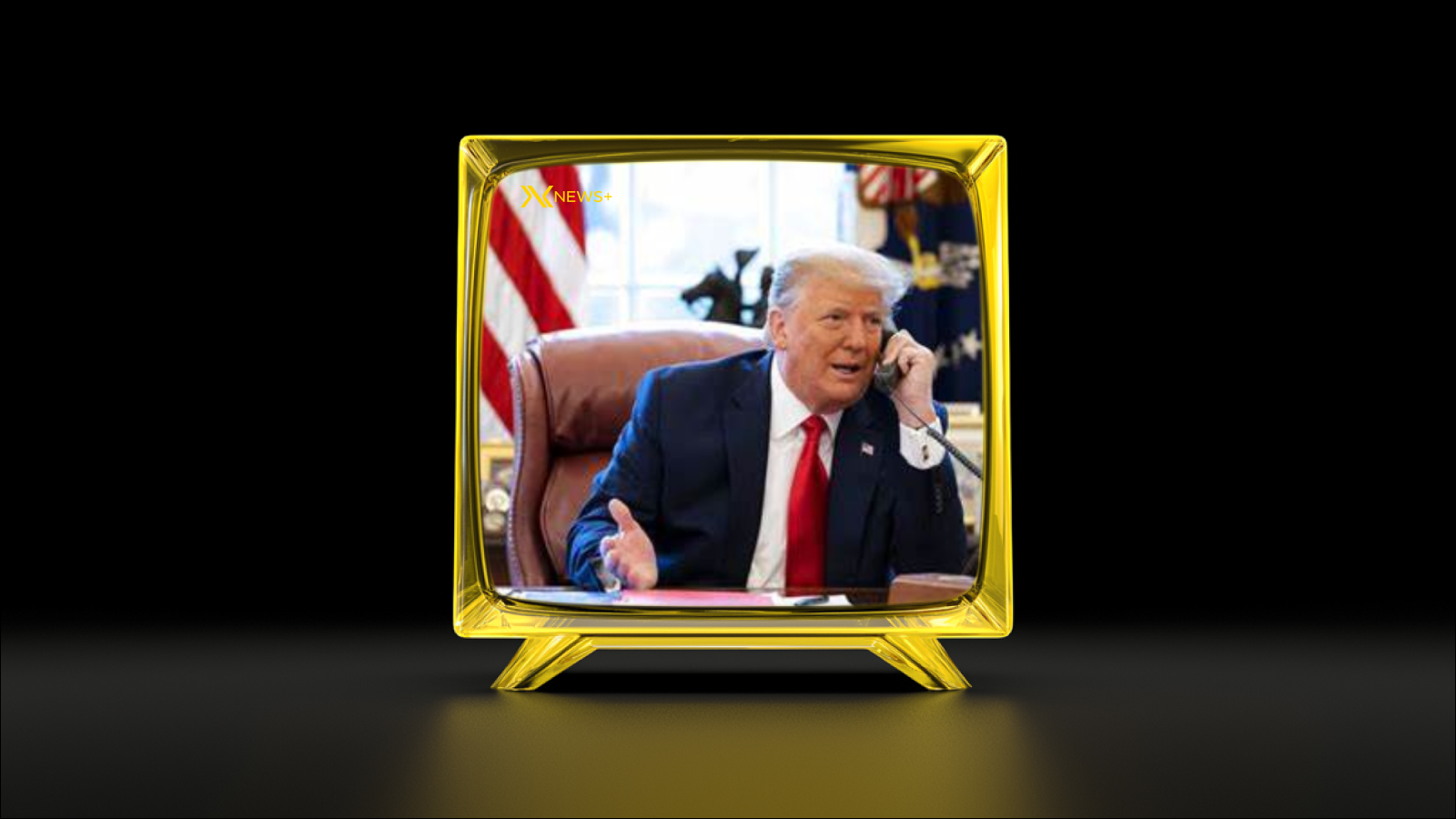Explore the compliance challenges faced by stablecoin issuers, potential regulatory changes, and their impact on the broader crypto market.
The evolving landscape of regulatory compliance poses significant challenges for Tether, particularly concerning its reserves. As authorities intensify their focus on stablecoin regulations, Tether may find itself compelled to reassess its practices to align with mandated standards.
One primary concern is transparency. Regulators are pressing for enhanced disclosure of reserves backing Tether’s tokens, aimed at ensuring that users can trust the system’s stability. The push for clear and detailed reporting on Tether reserves could require the issuer to adopt methodologies that reflect regulatory expectations.
Furthermore, compliance with potential new regulations may drive Tether to reevaluate its investment strategies. Should the company face constraints in how its reserves are allocated, it may experience shifts in risk management, capital liquidity, and overall operational efficiency.
As businesses like Tether navigate these complexities, the industry will likely witness changes not only in operational practices but also in consumer trust. Greater compliance could enhance legitimacy in the eyes of the broader financial community while simultaneously posing challenges for existing business models
.
Potential Regulatory Changes and Market Impact
As regulatory scrutiny intensifies, particularly concerning stablecoin regulations, Tether may face pressing challenges in maintaining its current reserves. The potential adjustments to its reserve structure are expected to significantly impact not only Tether’s operations but also the broader cryptocurrency market. These changes could lead to increased transparency demands and a shift in how stablecoins are perceived by both regulators and consumers.
Following the implementation of new regulations, there could be a shift in market sentiment. Investors may grow cautious, affecting the liquidity and stability of Tether-related trading pairs. Furthermore, if compliance costs escalate, Tether might have to weigh the benefits of holding diverse assets against the risk of falling short of legal obligations.
Moreover, a tightening of the regulatory environment may drive innovation within the industry, pushing other stablecoin issuers to adopt stricter measures in their reserve management practices. This may lead to a more favorable long-term outlook for the crypto market by fostering better accountability and trust among users.
The potential adjustments to Tether reserves in response to U.S. regulations stand to reshape the landscape of the cryptocurrency market, with implications that could encourage stability or instigate volatility, depending on how stakeholders respond to these developments.
What This Means for the Crypto Market
The potential adjustments to Tether reserves under U.S. regulations could have significant implications for the broader crypto market. As one of the most widely used stablecoins, Tether plays a crucial role in providing liquidity and stability to numerous cryptocurrency exchanges and trading platforms.
Firstly, increased scrutiny on Tether may lead to greater transparency across the stablecoin landscape. This push for transparency could encourage other stablecoin issuers to also reevaluate their reserve practices, ensuring that they comply with potential upcoming regulations. As a result, this shift might foster a more trustworthy environment for investors and promote the adoption of stablecoins, as consumers would feel more secure using currencies backed by transparent reserves.
Moreover, any changes in Tether’s reserve composition could influence market sentiment. If Tether were to reduce its reliance on riskier assets in its reserves, it may bolster confidence in the stablecoin. Conversely, any negative news or uncertainty regarding its reserves could lead to volatility, spurring traders to seek alternatives, potentially destabilizing its peg to the USD and affecting overall market dynamics.
In the long term, the effects of stablecoin regulations could lead to a more structured and secure environment for cryptocurrency trading. As governments take a more active role in regulating the crypto space, the interplay between compliance and innovation will shape the future of digital assets. This could create a competitive edge for compliant entities, while also challenging those who struggle to meet the new requirements.
The evolving landscape of stablecoin regulations represents a critical juncture for the crypto market. Stakeholders will need to stay informed and adaptive as these changes unfold, ultimately determining the future trajectory of this innovative financial ecosystem.
Disclaimer
This article is for informational purposes only and does not constitute financial or investment advice. Cryptocurrency investments carry inherent risks, and individuals should conduct thorough research before making any financial decisions.
Click for more News articles





